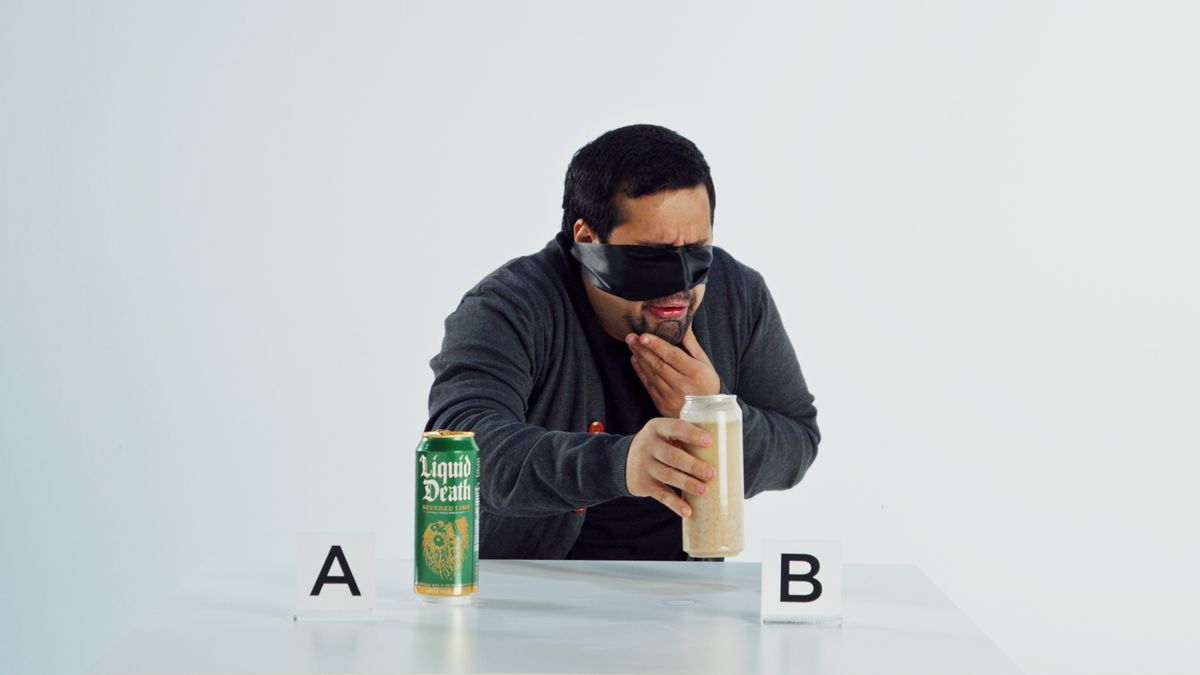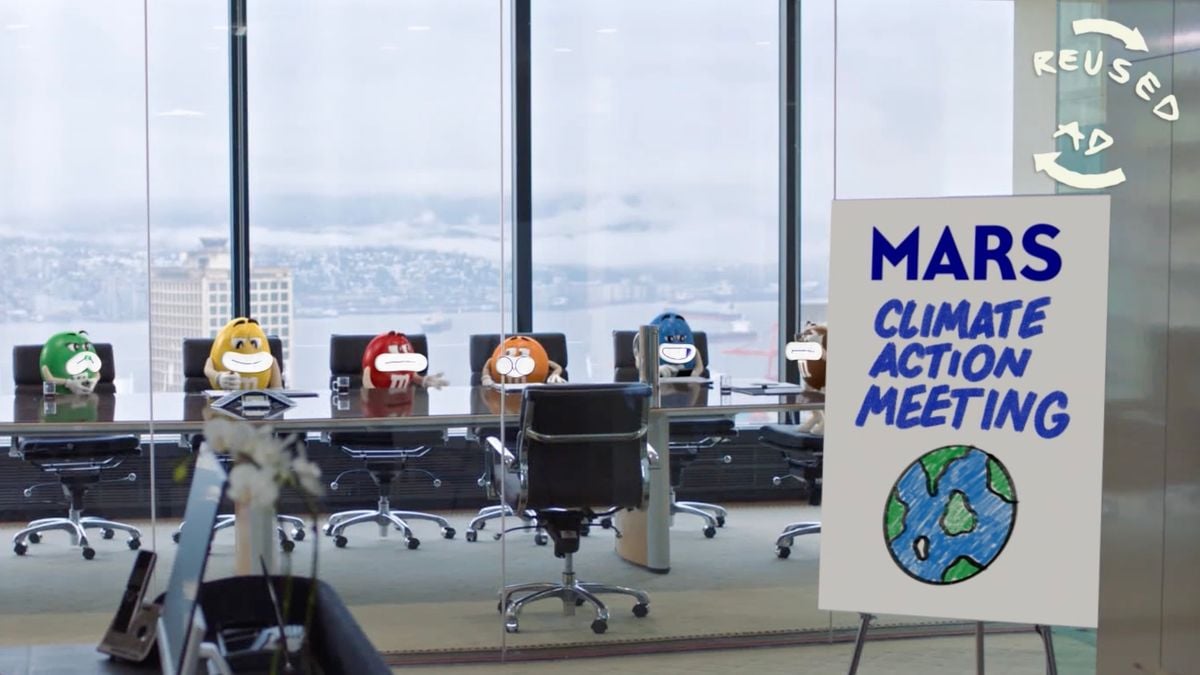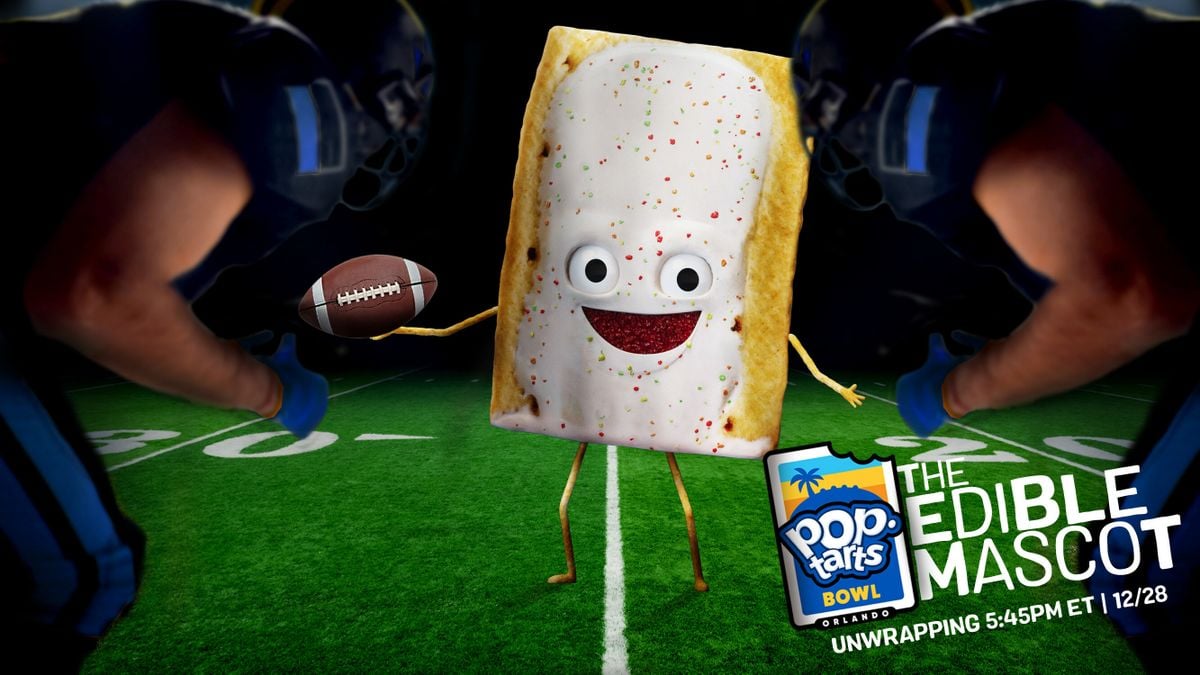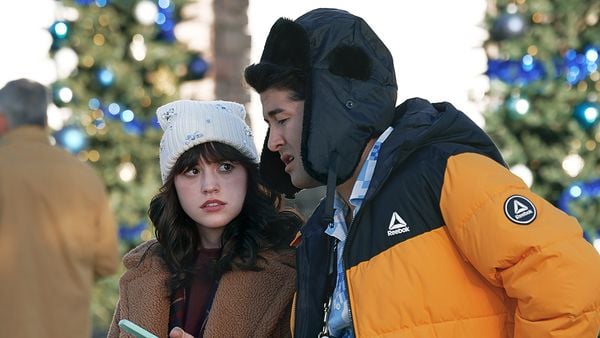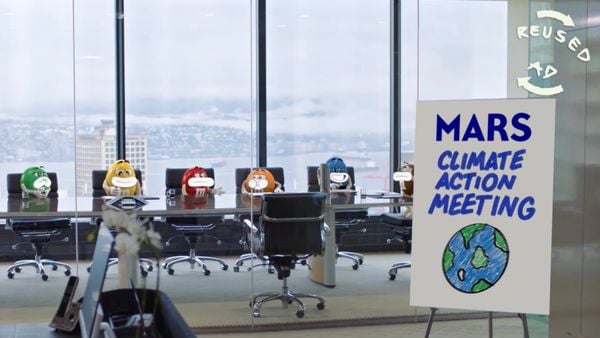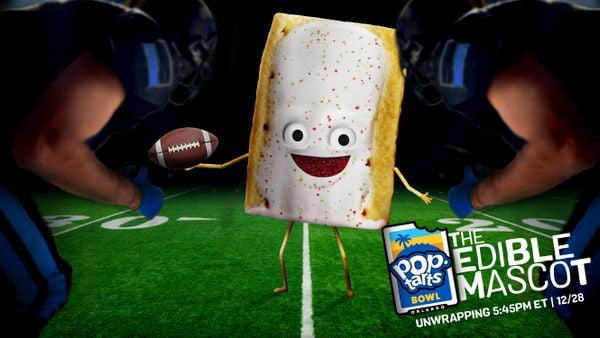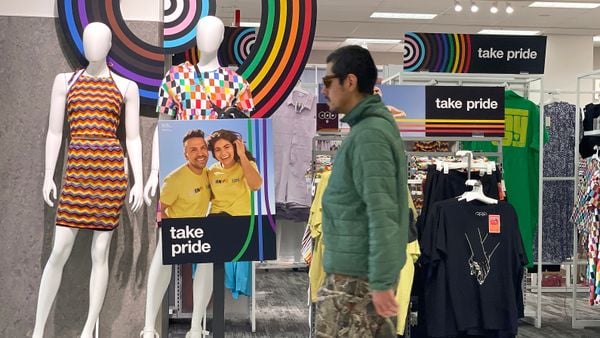Campaign Trail is our analysis of some of the best new creative efforts from the marketing world. View past columns in the archives here.
Since its 2019 debut, water brand Liquid Death has been synonymous with its edgy marketing campaigns. With a product packaged in recyclable aluminum tallboy cans, the company utilizes heavy metal-inspired branding and often makes headlines with its eye-catching stunts, from adding Tony Hawk's blood to a skateboard to calling in a porn star to deliver an environmental message.
To launch its new flavored sparkling water line, Liquid Death reimagined an age-old marketing tactic — the blind taste test — and pushed the boundary of good taste … literally. The brand's new offerings look to split the difference between zero-calorie, zero-sugar sparkling waters and traditional soft drinks. But instead of comparing its flavors to those of its competitors, Liquid Death had real people drink premium liquids, from Spanish squid ink to a blended Wagyu cheeseburger, often to nauseating effect.
"We always talk about how we hate corporate marketing as much as everybody else does," said Andy Pearson, Liquid Death’s vice president of creative. "We always want to make entertainment of our marketing. It may take the form of an ad, but we want to poke some fun at the medium itself."
As the brand prepared to launch beverages with names like Mango Chainsaw and Severed Lime, it quickly landed on the taste test as the format for a campaign that will run across its owned channels and connected TV. But to position the flavored drinks as premium offerings, the company decided to compare it to expensive "beverages," some that cost hundreds of times the price of its tallboys, which retail at $1.99.
The resulting video is a two-minute montage containing footage of 18 real people giving their authentic reactions — verbally and physically — to both Liquid Death and things that normally wouldn't be sipped or gulped (with price tags included). The clip is more "Jackass" than Pepsi Challenge, and certainly fits the brand's disruptive approach to marketing.
"People love Liquid Death because they know we're not going to be doing the same thing over and over again, and they're not going to get the same thing that brands have traditionally done," Pearson said.
Real people, real reactions
To execute the stunt, Liquid Death worked directly with production company Hey Wonderful and director Sam Cadman, who has helmed similar hidden camera, prank-style ads for Burger King and Verizon. Before his work in advertising, Cadman co-created British prank show "Trigger Happy TV," giving him a wealth of experience in how to instigate and capture spontaneity and authenticity in regular people facing unusual circumstances. He credits Liquid Death with coming up with the "lunacy" of the taste test and the company's punk attitude.
"There's a lot of real-people stuff that is trying to be shocking or trying to be surprising" that other brands aren't brave enough to pull off, he said. "There was no doubt that Liquid Death was willing to go the distance."
To generate the type of responses Liquid Death was hoping for, the Hey Wonderful production carefully controlled the process, from the casting call to the day of filming. Unsuspecting members of the public need to be in the right headspace and have just enough information, creating a juxtaposition between what they imagine they're doing (market research about flavored waters) and what is actually happening (drinking unpleasant beverages).
On the day of filming, participants arrived at a warehouse in Santa Monica, California, where the bare, all-white set-up appeared to be for a filmed focus group for a beverage company. Hey Wonderful ran an invisible production, with only a moderator — a hired actor — in the room. The moderator received direction through an earpiece that allowed the production to keep things relatively on-track.
"Over the years, I've learned how to make quite a controlled situation that preserves that emotional chaos that we want to have. That's why we're using real people: You want those reactions, you want that unexpectedness," Cadman said. "You never know who the next person is going to be, as in how good or bad they're going to be."
Sometimes, the reactions are outsized in a way that will work well, like the woman who vomited after drinking a tallboy of Beluga caviar. Other times, the moderator will have to coax people to be more honest and forthcoming. Often, people are more polite and less critical, due to preconceptions of what a focus group is looking for. Still, a production can't push too hard: They still need participants to sign a release form at the end of the day.
"For a lot of people, once they knew it was Liquid Death, they were aware of the brand, and they could enjoy [the experience]," Cadman said.
In marketing, getting real reactions from real people is at a premium, with "authenticity" often bandied about when discussing how to cut through clutter and engage with ad-weary consumers. Cadman has seen this evolution played out in production: After beginning his career as a director on a digital video camcorder, he's seen the ad world move from 35mm film to ads shot on iPhones, GoPros and Ring cameras. Likewise, authenticity is key to Liquid Death's brand.
"Their punk attitude is in no way artificial, and I think that's perhaps why they've got a million followers [on Instagram], because people can sense that, people can tell," Cadman said. "When things are done with genuine conviction, that's what people really latch on to."



